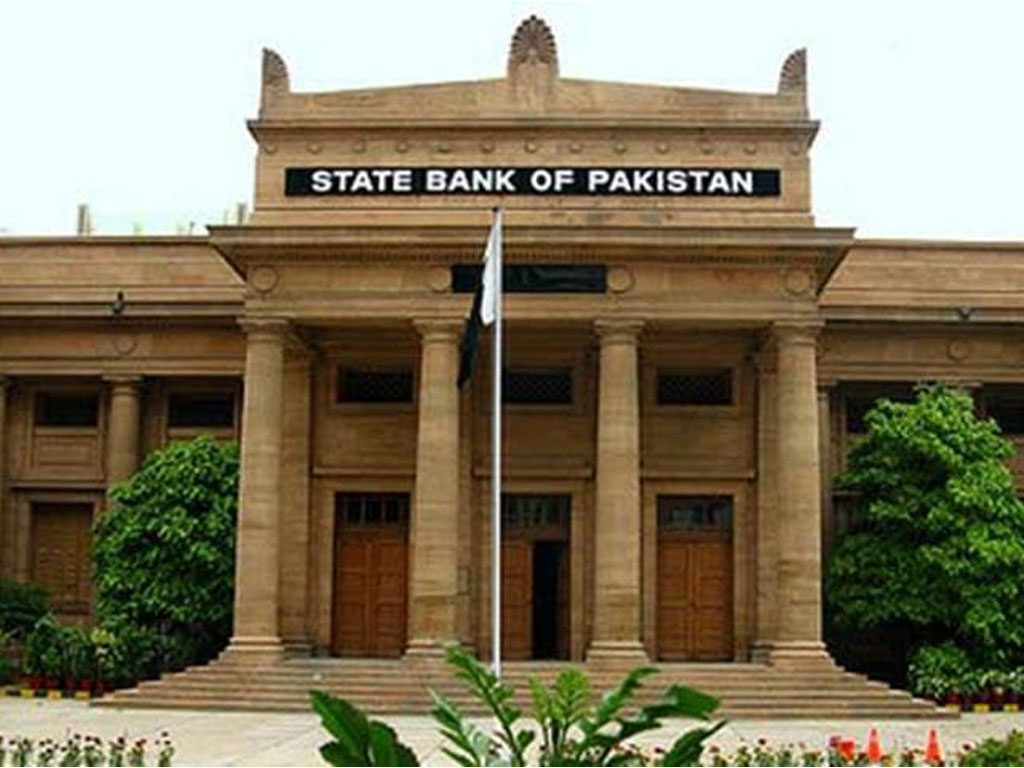 The monetary policy is due today. The expectations are of no change (read “MPS- status quo for now likely”), based on the direction the SBP is towing. However, the business community is agitated, and creating a space to oppose the macroeconomic stabilization policies which they think is detrimental for businesses in the country. Neither all of the hue and cry of business community is misplaced nor the situation is as bleak as being portrayed by a few.
The monetary policy is due today. The expectations are of no change (read “MPS- status quo for now likely”), based on the direction the SBP is towing. However, the business community is agitated, and creating a space to oppose the macroeconomic stabilization policies which they think is detrimental for businesses in the country. Neither all of the hue and cry of business community is misplaced nor the situation is as bleak as being portrayed by a few.
The demand compression is evident and this has lowered the top-line. Since most of the manufacturing import raw material – currency depreciation has adversely affected the cost while the room to increase prices is not there – especially in SME. The increase in interest rates has exacerbated the problem and stresses the repaying capacity of SMEs – the NPLs growth is yet not much; but if the higher interest rates continue for another 6-9 months, the NPLs surge would be inevitable.
The problem is fiscal; but the brunt is to be faced by private sector. The government current expenditures (other than debt servicing) are deemed to be sticky. The inefficiencies in government running machinery are not evidently addressed while the macro adjustments are impacting the overall economic activities. The business community is thinking that the impact of government inefficiencies is being paid by them.
Not all the concerns of investors are misplaced. There is a limit to interest rates increase and currency adjustment on curtailing fiscal deficit. The immediate problem of balance of payment is somehow addressed through these adjustments, as reported trade deficit in first two months is down by 38 percent, and the deficit in August is at a 41-month low.
The monetary policy transmission starts with a lag. The tightening started in Jan-18 is now having its impact. The recent 250 bps increase in discount rate in the last two policies review will have its impact on the demand in coming few months. The problem is that FBR revenue generation capability is adversely impacted due to tightening, and this will limit the ability of government to lower the primary deficit to permissible limit.
On the overall deficit, the debt servicing cost is too high –now higher than federal share in total fiscal revenues. That is worrying as virtually all the banking sector credit is going to be consumed by the government, leaving private sector dry – and those who get some for working capital, due to strained cash flows in light of building inventories, are further compressed with margins.
The stabilization has to go beyond monetary tightening and exchange rate adjustments. As too much of same medicine could be counter-productive. The need is to bring fiscal austerity – not domain of MPS; and to create avenues of fiscal financing other than commercial banks – to an extent, an SBP domain.
The concentration should be on getting hot money and issuing Euro bond and Sukkuk. These will help in building NFA and lower the reliance of government borrowing from banks. This will take the market rates down and commercial banks will have to go to private sector for lending. The other element should be creating counter of T Bills and PIBs equivalent within CDNS.
The deposits base is not growing at a higher rate despite high interest rates. Fixed deposits (time liabilities) are only 18 percent of total banking deposits – the higher concentration of CASA is limiting the deposit growth; and banks are not really encouraging time liabilities.
The monetary policy has to go beyond simple interest rates movement. There should be an upper limit of SLR to let banks finance private sector. There should be some targets of increasing time liabilities of banking sector to encourage savings.
























Comments
Comments are closed.